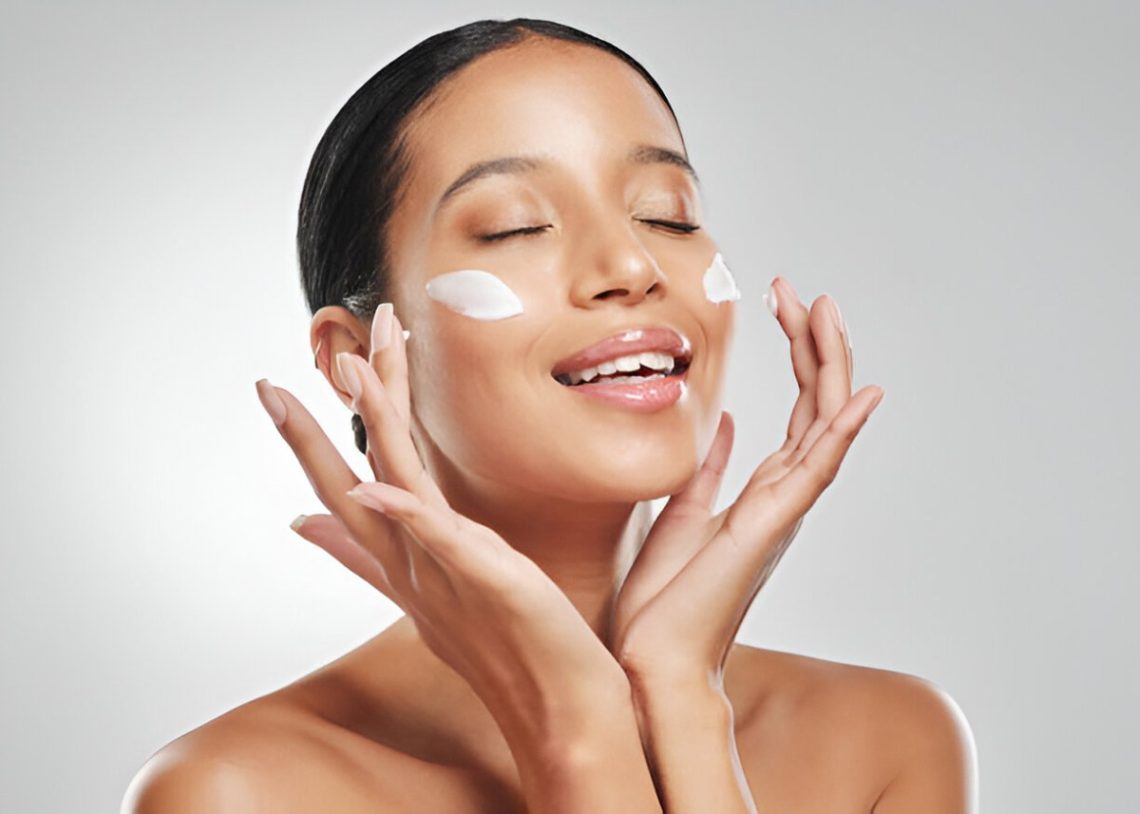When choosing the best sunscreen for your skin, one of the key considerations is the SPF, or Sun Protection Factor. SPF ratings can be confusing, and many people wonder whether there’s a significant difference between SPF 30 and SPF 50 sunscreen. Here, we’ll break down what these numbers mean, how much additional protection they offer, and which SPF is best suited for different skin types and lifestyles.
Table of Contents
1. Understanding SPF Ratings
SPF stands for Sun Protection Factor and measures a sunscreen’s ability to protect skin from UVB rays, the primary cause of sunburn. The number associated with SPF indicates how long you can be in the sun without getting burned, compared to not using any sunscreen. For instance, if you normally burn in 10 minutes, SPF 30 theoretically provides 30 times that protection, or 300 minutes. Of course, we need to remember that sunscreen is only one form of sun protection and you should also seek shade and wear protective clothing.
2. Protection Level: How Much Is Enough?
The difference in protection between SPF 30 and SPF 50 isn’t as drastic as many might assume. An SPF 30 sunscreen blocks roughly 97% of UVB rays, while SPF 50 increases that block to around 98%. That 1% might seem minor, but it can make a difference over prolonged exposure, particularly for those with fair skin, a history of skin cancer, or highly sun-sensitive skin.
For everyday use, SPF 30 is generally sufficient if you’re mostly indoors and only exposed to the sun for short periods. But for extended outdoor activities like hiking, beach days, or sports, SPF 50 sunscreen provides a bit of extra protection to help reduce sunburn risk.
3. Reapplication: Key to Staying Protected
Regardless of SPF rating, reapplication is crucial for maintaining sun protection. Even the best sunscreen can lose effectiveness due to sweat, water, or simply rubbing off. Sunscreen should be reapplied every two hours, or immediately after swimming or excessive sweating, especially when using SPF 30. The added protection of SPF 50 might give a slight buffer, but reapplying every two hours is still essential to maintain coverage.
4. Lifestyle Considerations
If you spend a lot of time outdoors or live in a sunny climate, SPF 50 sunscreen may be the better choice. This higher SPF is ideal for outdoor activities, giving you an extra margin of protection against prolonged UV exposure. For daily, indoor activities, SPF 30 is often more than enough. In either case, be sure to choose a sunscreen that’s comfortable to wear and easy to reapply, whether it’s a lotion, stick, or spray.
5. SPF for Lips and Face
When choosing the best sunscreen for the face, many prefer lightweight formulations to avoid breakouts and oiliness. SPF 30 is usually adequate for the face if reapplied regularly, but SPF 50 sunscreen may be a better option for those prone to hyperpigmentation, since higher SPF offers added defence against UV-induced dark spots.
Similarly, SPF lip balm is essential for protecting lips from UV damage, as they’re often overlooked in skincare. Choose an SPF 30 or higher to keep lips protected from sunburn and damage.
Both SPF 30 and SPF 50 sunscreen offer strong protection against UVB rays. While SPF 30 is generally enough for daily use, SPF 50 is ideal for prolonged outdoor activities and for those with higher sun sensitivity. Ultimately, the best sunscreen is one you’ll use consistently and reapply frequently. Remember, a broad-spectrum formula, regular application, and adequate SPF will ensure your skin stays protected and healthy in the sun.
Also Read:

